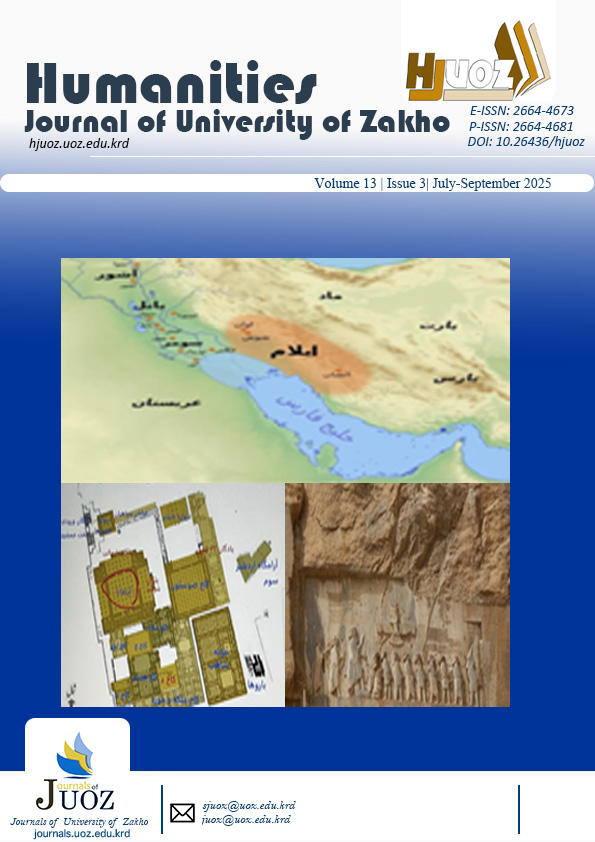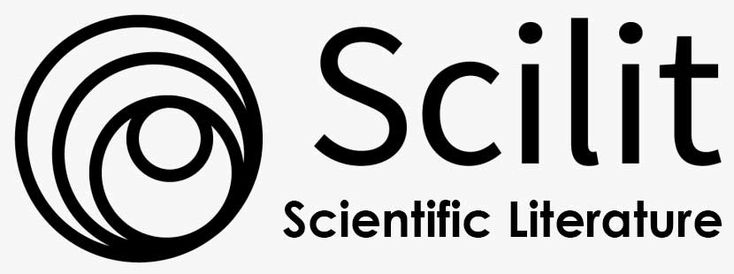RICHARD POWERS’ THE OVERSTORY: THE INTERCONNECTEDNESS OF HUMAN LIVES AND TREES
DOI:
https://doi.org/10.26436/hjuoz.2025.13.3.1602Keywords:
Richard Powers, The Overstory, Ecocriticism, Human-Environment Connection, Ancient Trees, Personal TransformationAbstract
The present article examines the deep connection that binds human beings and trees in Richard Powers’s The Overstory (2018). The study examines the relationships between nine characters and different kinds of ancient trees, exploring how these connections impact their lives and represent various facets of the human condition, using an ecocritical approach as a framework. Ecocriticism is the study of the relationship between human beings and nature in literary works. In addition, the novel’s sections- Roots, Trunk, Crown, and Seeds—are named after various components of a tree. Among the key characters in the novel are Patricia Westerford, Adam Appich, Mimi Ma, and Nicholas Hoel. The decisions, conducts, and actions of these characters are largely affected by the kind of trees they grow and take assiduous effort to propagate, such as chestnuts, mulberries, banyan trees, and maple trees. The characters’ interactions with trees trigger profound changes in their lives, causing them to reevaluate their relationship with the natural world. This paper concludes that trees are living entities that influence the characters’ identity, memory, and personal growth.
Downloads
References
Birat, K. (2024). “Earth Speaking Aloud”: The Agency of Trees in The Overstory by Richard Powers. L’Atelier, 15(2), 77-95. https://0fj.cc/f17SKyPUPQy
Buell, L. (1995). The Environmental Imagination: Thoreau, Nature Writing, and the Formation of American Culture. Harvard University Press.
Crews, J. (2003). Forest and Tree Symbolism in Folklore. Unasylva: An International Journal of Forestry and Forest Industries, 54(213), 37-43. https://0fj.cc/hSKHA7g9lag
Droz, L. (2022). Anthropocentrism as the Scapegoat of the Environmental Crisis: A Review. Ethics in Science and Environmental Politics, 22, 25-49. https://0fj.cc/9Um7EOSRuel
Feith, M. (2022). Xylosophy and Treeory: The Greening of the Text in Richard Powers’s The Overstory (2018). L’Atelier, 13(2), 100-120. https://0fj.cc/02VJjvOwChd
Gandotra, N., & Agrawal, S. (2020). Sustainability, Civilization and Women: An Environmental Study of The Overstory by Richard Powers. Rupkatha Journal on Interdisciplinary Studies in Humanities, 12(5), 1-7. https://0fj.cc/9eqGtTnYoX6
Garrard, G. (2004). Ecocriticism the New Critical Idiom. USA: Routledge.
Glotfelty, C., & Fromm, H. (Eds). (1996). The Ecocriticism Reader: Landmarks in Literary Ecology. The University of Georgia Press.
Manaf, A., Rahman, F., & Amir, M. P. (2024). Ecocritical Study: Dwelling Aspect Portrayed in Richard Powers’s The Overstory. International Journal of Religion, 5(11), 4919-4925. https://0fj.cc/8Acl3G2CTwX
Nahdhiyah, F., Rahman, F., Abas, H., & Pattu, M. A. (2023). Ecocritical Study on Relationships Between Humans, Nature, and God in the novel The Alchemist. Cogent Arts & Humanities, 10(1). https://0fj.cc/lI34OSClTa4
Nguyen, K. (2022). Trees of Our Times: Representing Arboreal Temporalities in Ali Smith’s Autumn and Richard Powers’ The Overstory. Ecocene: Cappadocia Journal of Environmental Humanities, 3(1), 29-40. https://0fj.cc/hbgxwrXjAet
Ostalska, K. (2022). “Enlightenment is a Shared Enterprise”: Tree Ecosystems and the Legacy of Modernity in Richard Powers’s The Overstory. Text Matters: A Journal of Literature, Theory and Culture, (12), 285-303. https://0fj.cc/7N2LN5EYV0B
Rekha, & Vyas, R. (2024). The Entwined Destinies of Humans and Trees: A Comparative Analysis of The Overstory and Greenwood. International Journal of Novel Research and Development, 9(3), 92-95. https://ijnrd.org/viewpaperforall?paper=IJNRD2403313
Sinha, M. (2023). The Bodhi Tree – Tracing a Living Religious, Spiritual and Cultural Heritage. International Journal of Social Sciences and
Humanities, 6(1), 24-36. https://0fj.cc/gJgAz4O3ijJ
Wood, N. (2025). Archive and Library Special Collections as Proxy Data: Reconstructing the American Chestnut Blight Through Digitized Collections. Archival Science, 25(4). 1-22. https://doi.org/10.1007/s10502-024-09469-3
Published
How to Cite
Issue
Section
License
Copyright (c) 2025 Delveen H. Mahmud, Sherzad Sh. Babo

This work is licensed under a Creative Commons Attribution-NonCommercial-ShareAlike 4.0 International License.
Authors who publish with this journal agree to the following terms:
- Authors retain copyright and grant the journal right of first publication with the work simultaneously licensed under a Creative Commons Attribution License [CC BY-NC-SA 4.0] that allows others to share the work with an acknowledgment of the work's authorship and initial publication in this journal.
- Authors are able to enter into separate, additional contractual arrangements for the non-exclusive distribution of the journal's published version of the work, with an acknowledgment of its initial publication in this journal.
- Authors are permitted and encouraged to post their work online.

















